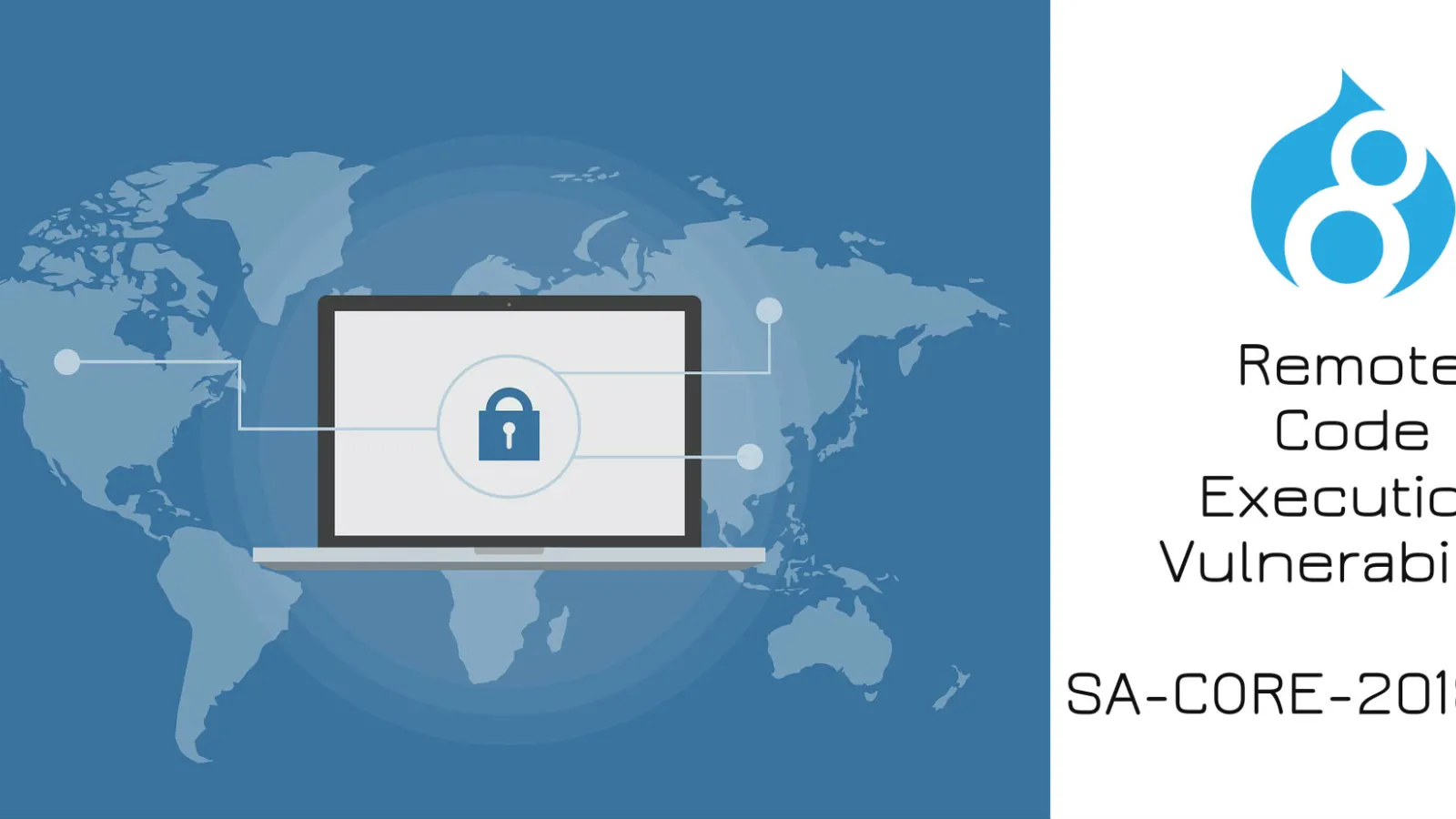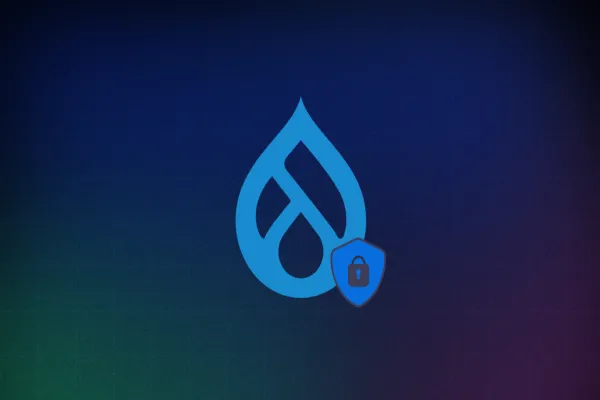This blog post attempts to focus on the highly critical vulnerability that was announced by Drupal on 28th March tagged as SA-CORE-2018–002, Drupalgeddon 2.
Recently, Drupal core announced a security advisory rated as highly vulnerable - dubbed DrupalGeddon 2 (SA-CORE-2018-002 / CVE-2018-7600) - that has the potential to affect the vast majority of Drupal 6, 7 and 8 websites.
According to BuiltWith, around 9% of websites are running on Drupal and hence had a high probability of being affected by the vulnerability as the score is 24/25.
SA-CORE-2018-002 potentially allow attackers to take full control of any affected Drupal site that could result in the site being completely compromised. The vulnerability was initially scored 22/25 but was later raised to 24/25 as there were proofs of automated attacks in the wild.
The risk metrics for this vulnerability are as follows AC:None / A:None/ CI:All / II:All / E:Exploit / TD:Default. You can read the article about security risk levels to know more about the details of the risk metrics. In short, SA-CORE-2018-002 means:
- AC (Access Complexity): None - It is very easy for the attacker to leverage the vulnerability.
- A (Authentication): None - No privilege level was required for the exploit to be successful. Meaning even anonymous users could exploit the vulnerability.
- CI (Confidentiality impact): All - All non-public data was accessible because of the vulnerability.
- II (Integrity impact): All - The data could have been easily modified or deleted.
- E (Exploit) - An exploit is known to exist or is documented.
- TD (Target distribution): Default - The default configurations were likely to be affected.
If you are curious to know how the score (24/25) was obtained you can take a look at Risk Calculator. This calculator takes six different metrics, which can have three different values. This gives an objective sense of the risk of different issues. While the numeric value gives you a sense of how critical the issue is. The security risk string, for example, “AC:None/A:None/CI:All/II:All/E:Exploit/TD:Default”, gives you a sense of six different risk factors that are considered in this case. This provides a better sense of how vulnerable your site is. Also, you are the right person to evaluate since you know how your website is structured and built, and how vulnerable it is to these specific risk factors.
FYI, SA-CORE-2018–002 is as critical as “DrupalGeddon” episode which came to light in October 2014. To put things in perspective since 6th August 2014 (the date when NIST Common Misuse Scoring System - NISTIR 7864 was used by Drupal) there have been only three highly critical issues that have had a score of more than 23.
Our approach
In response to this latest vulnerability, we gathered our development team to make sure we can deploy patches to this vulnerability for all our clients’ websites. We implemented a standard plan to notify all clients about the security update and to execute it across all of our supported sites immediately.
So when the patch - 8.5.1 / 8.4.6 / 8.3.9 / 7.58 - was available, our team knew exactly what to do. Just to let you know, the security update was carried out successfully as quickly as possible. Thanks to our team, at Valuebound, who worked tirelessly to ensure that all our clients’ websites were patched within hours.
If you are interested to know more how Valuebound can help you with security and maintenance of your Drupal website, do explore our services.
Read more at FAQ on SA-CORE-2018-002.





